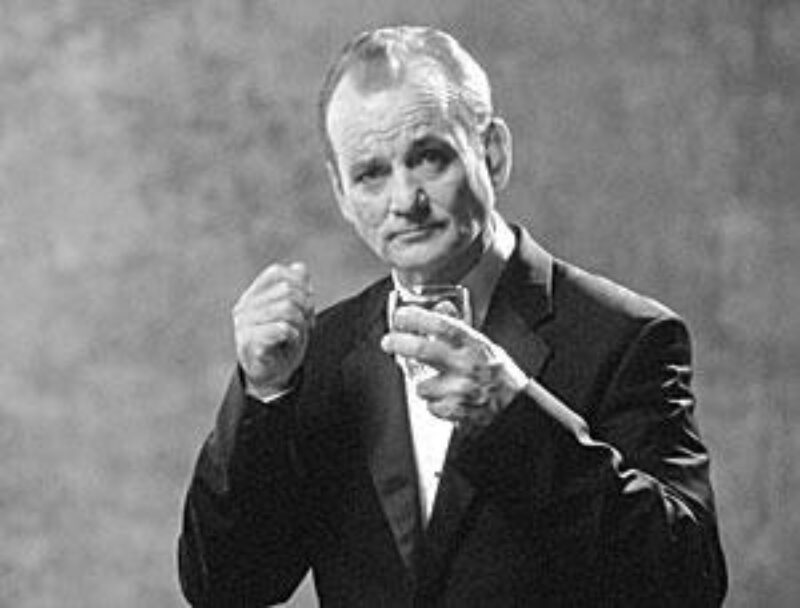Lost In Translation: Intensity & Why It Matters for Fundraisers
In the film Lost In Translation, Bill Murray’s aging movie star character stars in a Japanese whiskey commercial. After delivering his lines, he is prodded by the director via a well-meaning translator to do it again “with more intensity!”
He seems confused. What does more intensity really mean?
It’s a question we grapple with here at Sea Change too. How can you measure the intensity or strength of donor relationships with organizations they support and why?

Intensity is an extreme degree of strength, force, energy, or feeling. Typically, we find the more intensity a donor feels about an organization, the more likely they are to stick around (even during tough economic times) and to upgrade into higher levels of giving.
In our recent study of 6,000 midlevel donors representing 36 organizations, The Missing Middle Part Four, we found that donors who showed high levels of intensity — by listing the surveying organization as their most important group — were two times as likely to say they would increase their giving.
But the competition for that top spot is fierce. In the same study, we found that midlevel donors give on average to 14.5 organizations per year.
So how can you measure intensity? We start by asking.
- We often use the Net Promoter Score to measure intensity and to improve on the donor experience. It’s a simple set of questions.
- On a 0-to-10 scale, how likely is it that you would recommend supporting [ORG] financially to a friend or colleague? What is the primary reason for your score?
- Donor responses to the first question allow you to classify them as promoters (9–10), passives (7–8) or detractors (0–6). The responses also enable you to create a Net Promoter Score (NPS®), which is simply the percentage of promoters minus the percentage of detractors.
- Donor responses to the second question allow you to understand why they answered the way they did.
- The higher the score, the higher the intensity. Then, you can dig into the open end responses to question two to understand why you scored that way and what you might do to improve.
- We also look at “top box” answers to measure intensity. The top box is the highest rating on a scale question.
- For instance, let’s say you ask this question: “How well do each of the following describe WHY you support [ORG]? Use a scale from 1 to 5 where “5” means it describes perfectly and “1” means it doesn’t describe at all.It is an organization I trust
I can see the impact of my support
It is aligned with my values
It is an organization I have an emotional connection with
It feels relevant to me personally - The top box answer represents donors who answer 5 to the prompts. Donors who answer 3 and 4 are likely satisfied, but they don’t have the same intense feeling as donors who answer 5.
- For instance, let’s say you ask this question: “How well do each of the following describe WHY you support [ORG]? Use a scale from 1 to 5 where “5” means it describes perfectly and “1” means it doesn’t describe at all.It is an organization I trust
Many clients are leveraging the Sea Change Insight Panel® to measure intensity of donor relationships via regular listening activities (surveys and zoom groups) that aim to gather actionable insights (like intensity) from donors while making them feel heard and valued.
But you can do this yourself at home by designing a supporter survey with intensity in mind.
